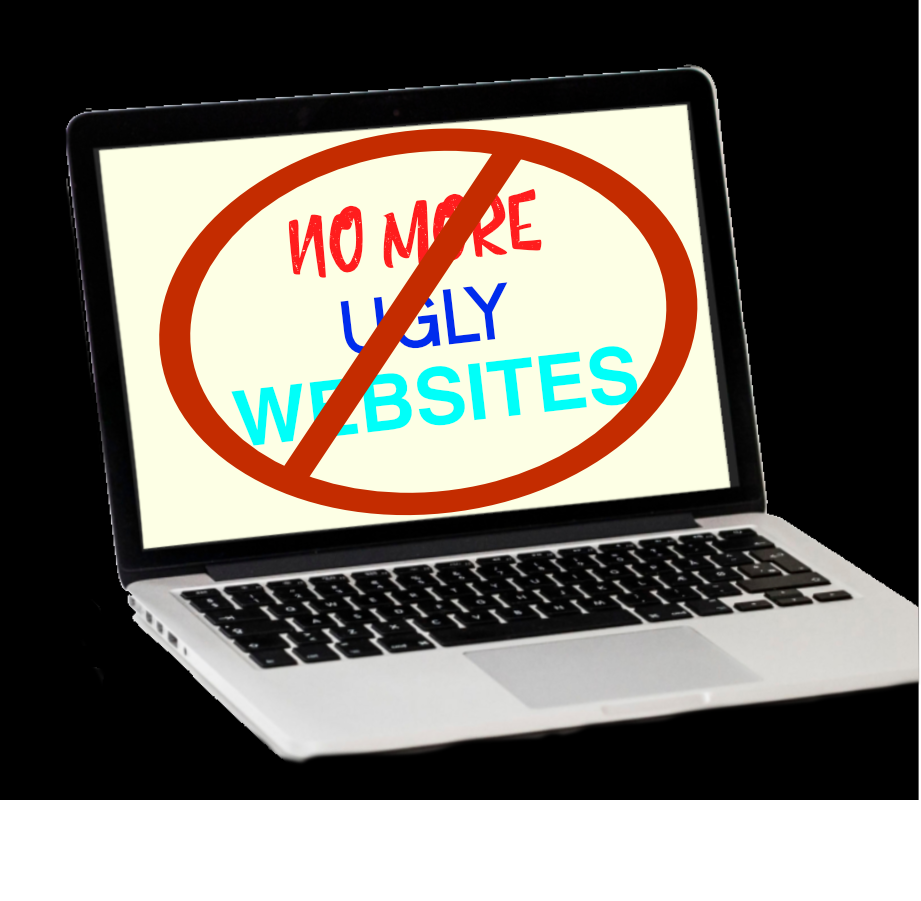I’ve been designing websites for years now. When I started I wanted big logos, bright colors, and funky text, with tons of options. Look at me! I realized this isn’t going to get anywhere. No one likes a show-off, especially one with bad taste. My big epiphany came years ago in a conversation with a marketing buddy…You don’t design for you, you design for your audience/customer. BOOM! MIND BLOWN!
Now the questions are: How do I design websites for my customers? What do I need to think about? How do I get them to take action? Don’t get overwhelmed, I have a solution… a ONE PAGE WEBSITE!

Here is a stat you need to know: 53%-62% (depending on who you ask) of web traffic comes from mobile. That means when you have a website you should be thinking about mobile-first. Because of apps like Facebook and Twitter, the action on mobile is to scroll. So instead of having tons of information spread across your website pages, wouldn’t it make more sense to have the most important information in a scroll friendly environment? This eliminates the click and wait for the next page to load, a few seconds that could cost you new clients.
A One Page Website doesn’t mean you need to have your store or blog all jammed on one page. It means that your home, about, and contact pages should be on one page, easily scrolled with a few call-to-action links. These links can be blog posts, products or sign-up pages. 90% of your brand on one page, 10% off on links.
Side Note: When I’m talking about designing for my customers for this post, I’m talking about function and design. If you want to learn more about identifying your audience here is a great article.. https://www.forbes.com/sites/henrydevries/2019/09/25/what-is-an-ideal-customer-avatar/#45a15937327e
Simplicity is the ultimate sophistication -
Leonardo da Vinci.
Too many options and too much information can often be an overload and cause confusion for someone that is new to your business. When you convert to a one page website it forces you to really work on your message. This is a good thing because in today’s world the quicker you can clearly state your value the better chance you have to find your next raving fan.

Your call to action (CTA) is the one thing you want visitors to do on your page and your primary conversion metric. The best practice is generally to remove any secondary links that might cause someone to leave your page before converting through your CTA.
Steve Jobs would wear the same outfit every day because he knew there are only so many decisions a human brain can make in a day without becoming fatigued. A functional one-page website is like Steve Jobs’ wardrobe — it’s more effective if there is only one choice. A one-page website with a single purpose converts a much higher rate than one where you have to click around to get answers you need to make a decision.
The few drawbacks that have been associated with a one-page website are all SEO related. Don’t worry though, recently, Google launched a new scheme to increase single-page SEO optimization. The latest SEO update has lowered the importance of bounce rate because of the one-page website trend and now is placing more emphasis on user experience. SEO is constantly changing.
I hate it when I read a blog or get advice and then look at their business and I don’t see them taking any of their own advice. It just seems like a sleazy sales tactic. Well, that’s not me! Here are a few examples of one-page designs, including my own website…
If it’s time for you to do a bit of a freshen up with your online appearance and you want to move to a website that has a better UX and gets you more leads — let’s talk.